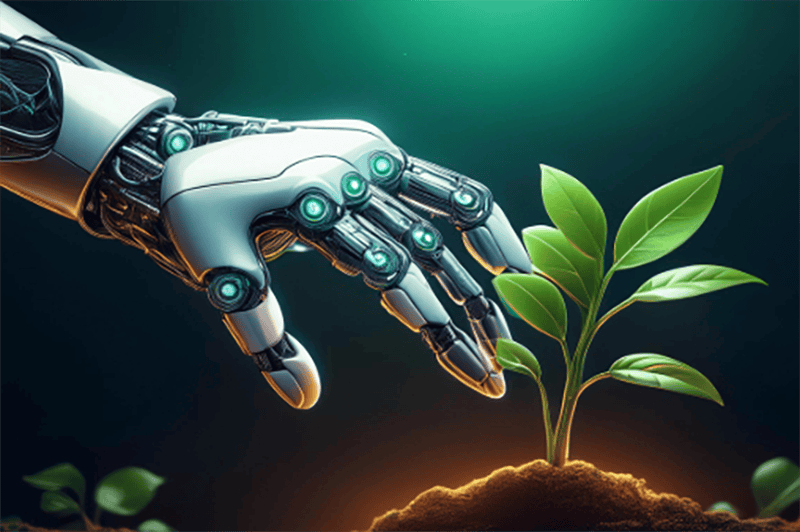Robot identifies plants by ‘touching’ their leaves

Researchers have developed a robot that identifies different plant species at various stages of growth by ‘touching’ their leaves with an electrode. The robot can measure properties such as surface texture and water content that cannot be determined using existing visual approaches. The robot identified ten different plant species with an average accuracy of 97.7% and identified leaves of the flowering bauhinia plant with 100% accuracy at various growth stages.
Science Daily mentions the results of the reasearch. The scientific article was written in Device. Large-scale farmers and agricultural researchers could use the robot to monitor the health and growth of crops and to make tailored decisions about how much water and fertilizer to give their plants and how to approach pest control, says Zhongqian Song, an associate professor at the Shandong First Medical University & Shandong Academy of Medical Sciences and an author of the study.
Read also: The robotic hand learns to feel
“It could revolutionize crop management and ecosystem studies and enable early disease detection, which is crucial for plant health and food security,” he says.
Inspired by human skin
Rather than making physical contact with a plant, existing devices capture more limited information using visual approaches, which are vulnerable to factors such as lighting conditions, changes in the weather, or background interference.
To overcome these limitations, Song and colleagues developed a robot that “touches” plants using a mechanism inspired by human skin, with structures working together in a hierarchical way to gain information through touch. When an electrode in the robot makes contact with a leaf, the device learns about the plant by measuring several properties: the amount of charge that can be stored at a given voltage, how difficult it is for electrical current to move through the leaf, and contact force as the robot grips the leaf.



